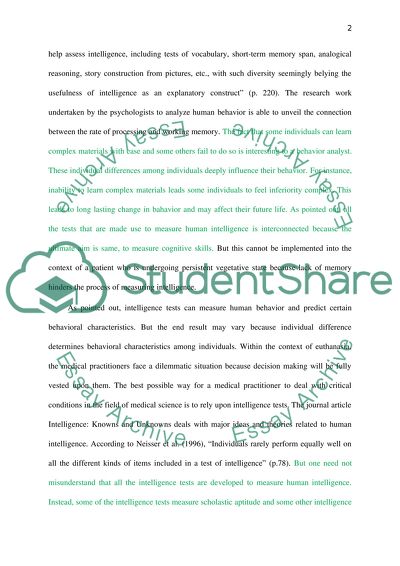Cite this document
(“Euthanasia Should be Permitted for Patients in a Persistent Vegetative Essay”, n.d.)
Retrieved de https://studentshare.org/psychology/1442906-euthanasia-should-be-permitted-for-patients-in-a
Retrieved de https://studentshare.org/psychology/1442906-euthanasia-should-be-permitted-for-patients-in-a
(Euthanasia Should Be Permitted for Patients in a Persistent Vegetative Essay)
https://studentshare.org/psychology/1442906-euthanasia-should-be-permitted-for-patients-in-a.
https://studentshare.org/psychology/1442906-euthanasia-should-be-permitted-for-patients-in-a.
“Euthanasia Should Be Permitted for Patients in a Persistent Vegetative Essay”, n.d. https://studentshare.org/psychology/1442906-euthanasia-should-be-permitted-for-patients-in-a.


